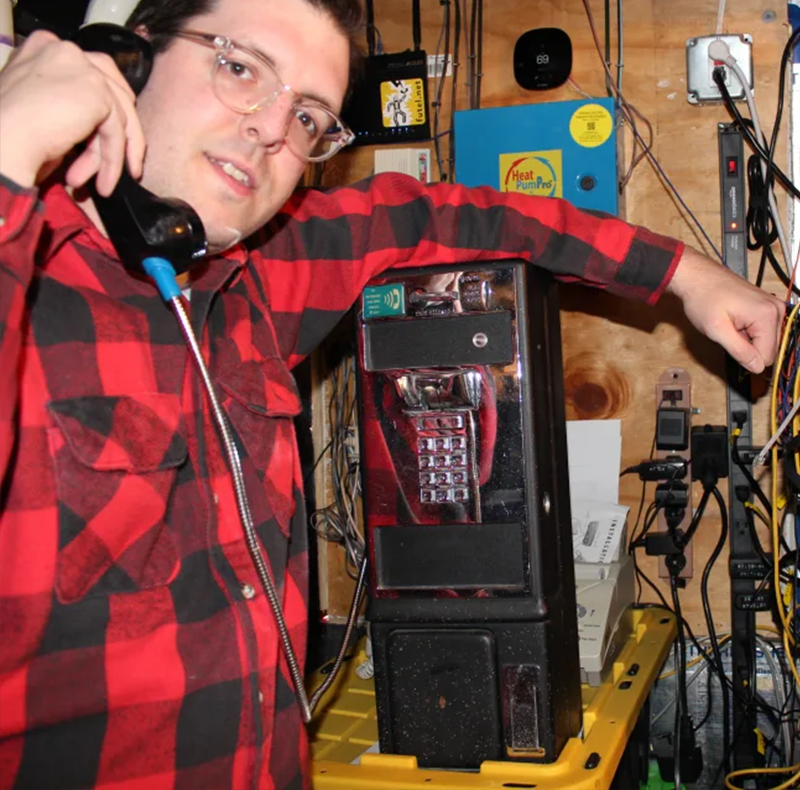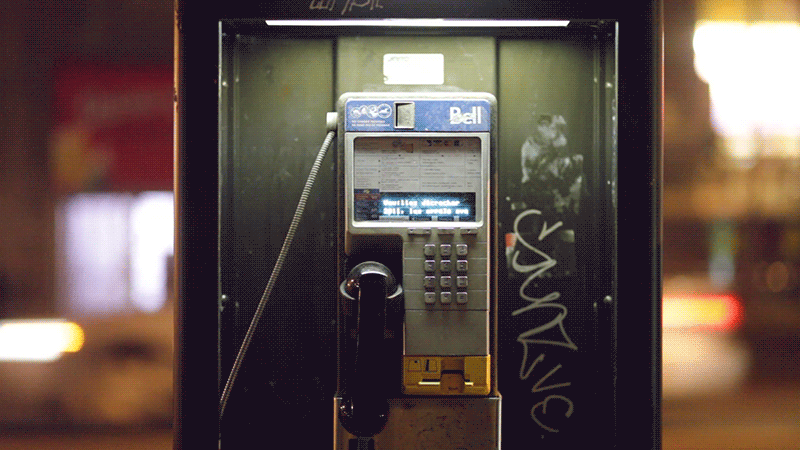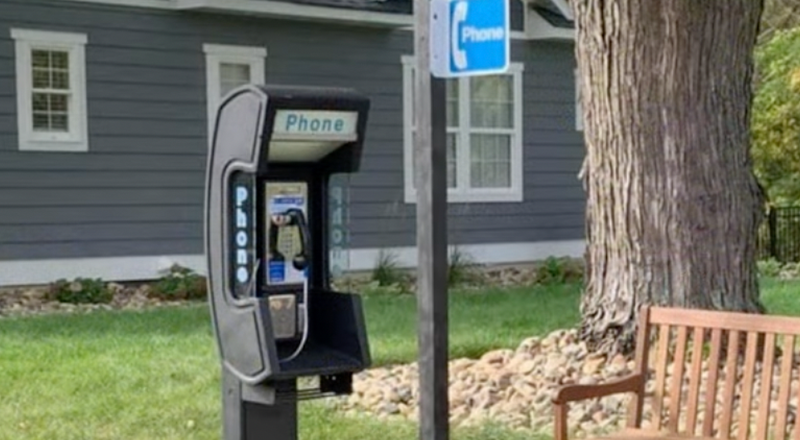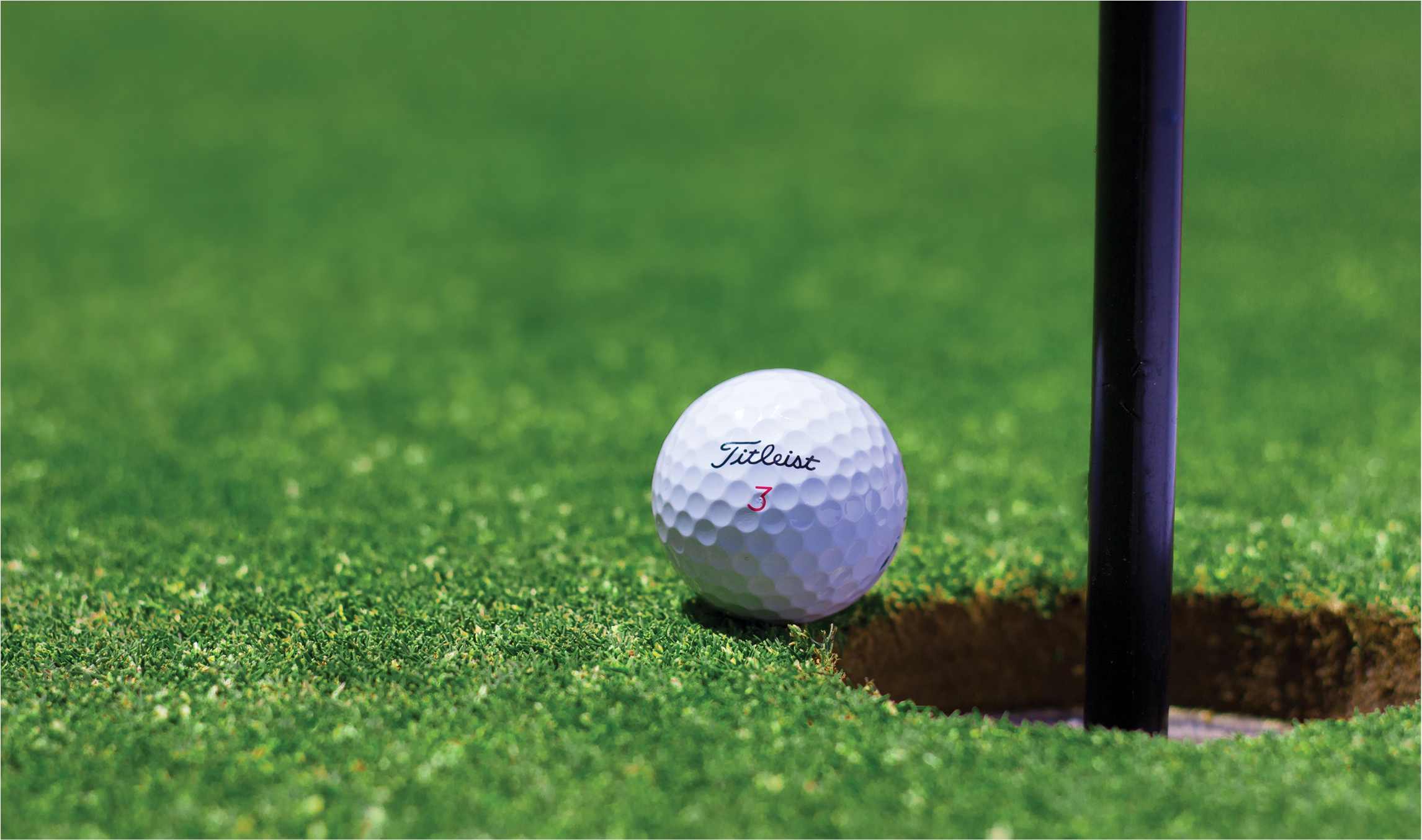Remember the pay phone? This man is bringing them back at no cost.
In a world where smartphones are ubiquitous and communication is always just a tap or swipe away, it may be hard to remember a time when payphones were a common sight on street corners and in public places. But for one man in New York City, payphones are not just a distant memory – they are a passion and a mission.
The pay phone, also known as a public telephone or coin telephone, has a long history dating back to the late 19th century. The first pay phones were introduced in the United States in 1889 by the Postal Telegraph Company. These early pay phones required the use of coins and were often located in post offices or telegraph offices. In the early 20th century, pay phones began to be installed in more public places, such as train stations and street corners. The pay phone industry boomed in the 1950s and 1960s, with many people using pay phones as their primary form of communication. However, the rise of mobile phones in the late 20th and early 21st centuries led to a decline in the use of pay phones. Today, pay phones can still be found in some public places, but they are not as common as they once were.
Image with share buttons
Meet James Sandoro, known affectionately as the “Payphone Man” by those who know him. Sandoro is on a mission to preserve and restore the payphones of New York City, a task that has earned him a cult following and even a documentary film.
Sandoro’s love affair with payphones began in the 1990s, when he stumbled upon an abandoned payphone booth while walking through the streets of Manhattan. Intrigued by the quaint, old-fashioned technology, Sandoro started collecting payphones as a hobby.

Lorem ipsum dolor sit amet, ea his agam evertitur.
YouTube
But as the years went on and payphones became increasingly scarce, Sandoro’s hobby turned into a full-blown passion project. He scoured the streets for abandoned payphones, scavenging for parts and restoring them to their former glory.
Today, Sandoro’s collection boasts over 100 payphones, many of which he has restored himself. His payphones are on display at the Buffalo Transportation Pierce-Arrow Museum, where visitors can get a glimpse of a technology that was once a vital part of daily life.
Yet Sandoro’s work goes beyond just preserving payphones as museum pieces. He is also on a mission to bring payphones back to the streets of New York City.
Instagram responsive embed
In a city where cell phone coverage can be spotty and not everyone can afford a smartphone, Sandoro believes that payphones serve an important function in providing access to communication and information. He has even partnered with a local telecom company to install new, modern payphones in various neighborhoods around the city.
Adam Nathaniel Furman creates sequence of tiled archways at London Design Festival https://t.co/lGfgJFd0bN via @dezeen #designfestival #ldn pic.twitter.com/i80ZMqVQck
— Jak Consultancy (@JakConsultancy) October 6, 2017
Twitter responsive embed
Sandoro’s efforts have not gone unnoticed. In 2015, he was the subject of a documentary film called “The Payphone Man,” which chronicles his journey to preserve and bring back payphones in the city. The film received rave reviews and solidified Sandoro’s status as a quirky, beloved figure in the New York City community.

Lorem ipsum dolor sit amet, ea his agam evertitur.
Advanced Awesome GIF control
But despite the attention and admiration he has received, Sandoro remains humble and dedicated to his mission. “I just love payphones,” he told Yahoo Lifestyle in a recent interview. “They’re a part of our history and they still have a place in our society. I’m just trying to keep them alive.”
It is clear that Sandoro’s love for payphones goes beyond just nostalgia – it is a true passion and a desire to preserve a vital piece of technology and history. And with his dedication and hard work, it looks like payphones may have a chance at a comeback in the bustling streets of New York City.










